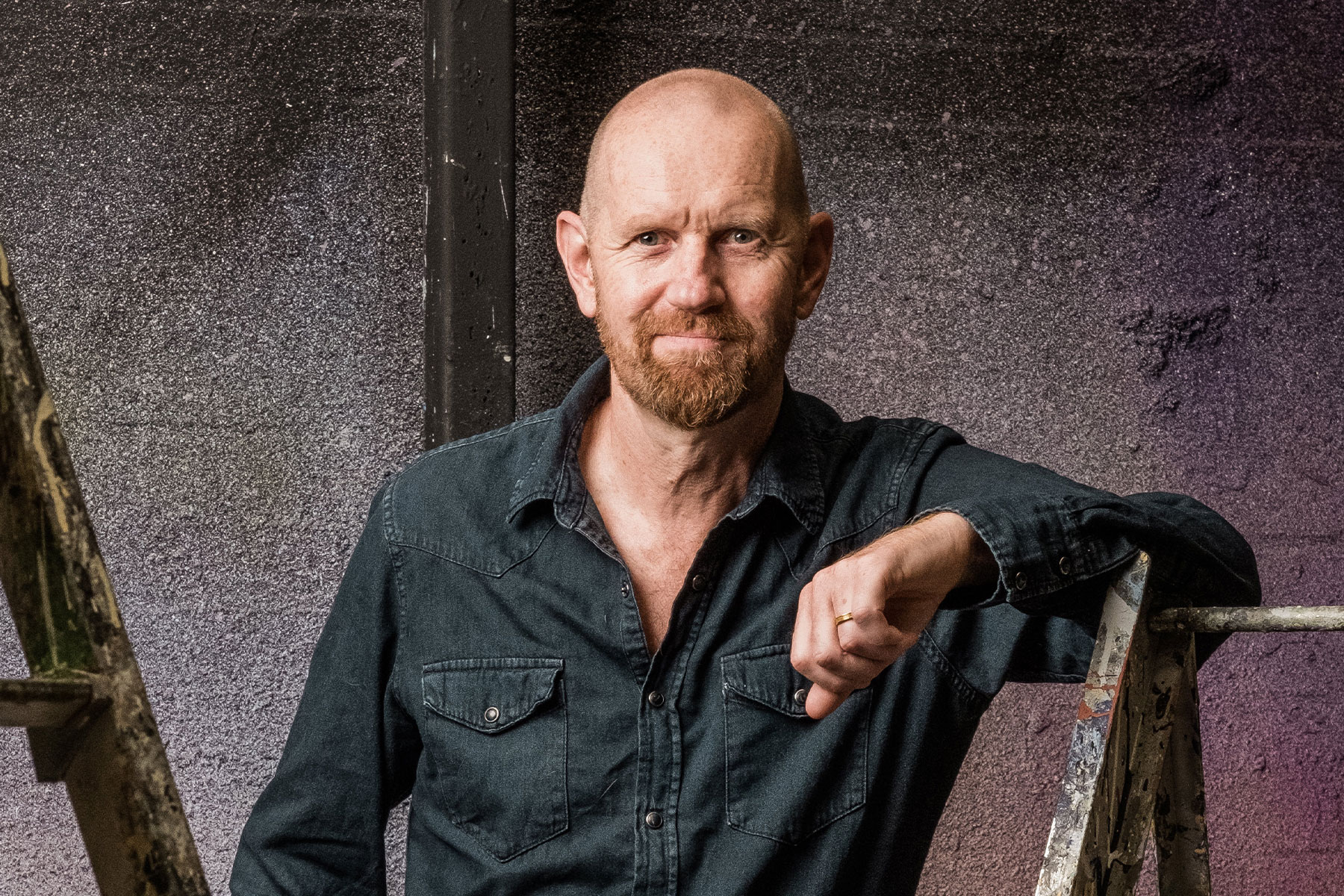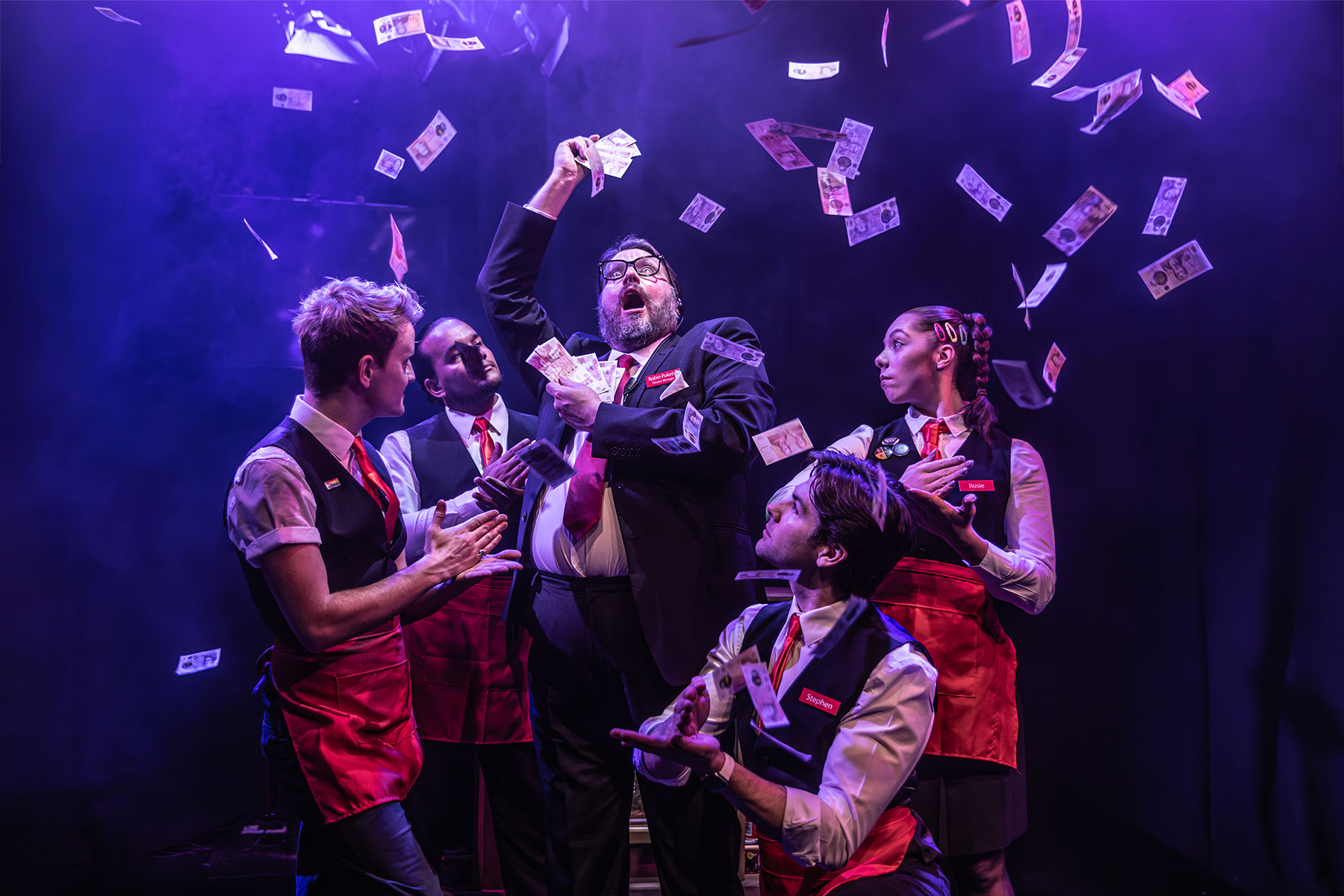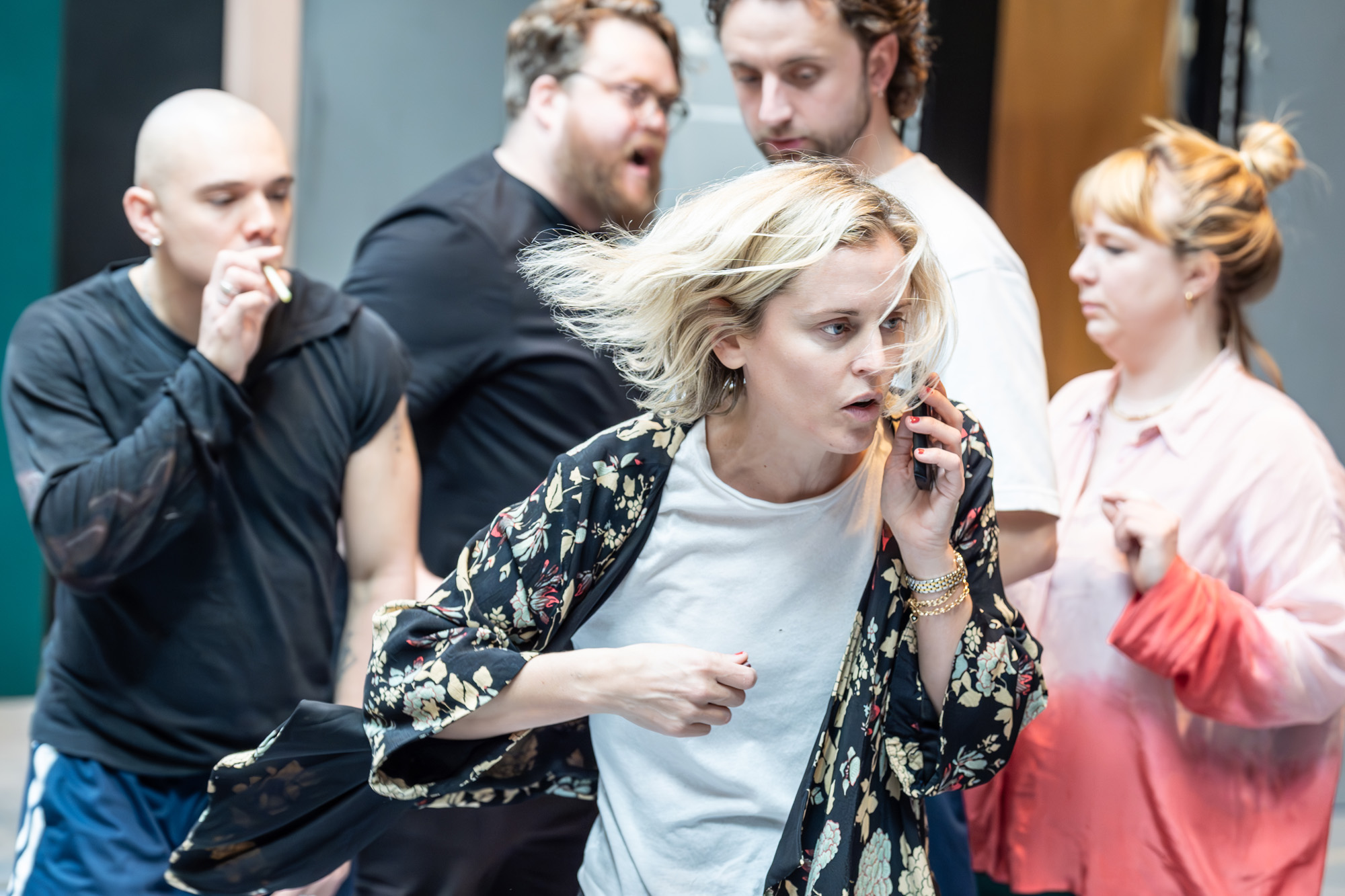Stratford Seasonal Report
The RSC fiftieth anniversary season is now officially underway, and the new theatre already feels like the old one with improved modifications. Just as importantly, the M40 roundabout system outside the town has at last been completed, so you don’t find yourself driving back into Stratford, or straight into Coventry, by mistake quite so often.
But I’m worried about the commercial viability of the RSC these days. Friends of mine who live in Stratford say that there are hardly any tourists in the place and that the town is dying on its feet. People can’t afford to go there any more. The recession is biting big time.
Admittedly the first night of Macbeth was packed to the gills. But where did they all go afterwards? Their revels now were ended and they were melted into air, thin air.
Perhaps some went to the theatre restaurant on the top floor with, as it says in the brochure, all those breathtaking views of the surrounding countryside. After my first experience there I’m not quite so keen to return.
There wasn’t even much doing in the Dirty Duck. In fact — and I can hardly believe this — there wasn’t one single booking for dinner. My friend Sam Jackson, the manager, told me that the company were all piling in there on the second night, after Cardenio.
Still, it seemed sadly inappropriate that the few drinkers in the place had no connection with the shows going on over the road. It’s always been the case, of course, that dining after the performance in Stratford is a perilous occupation.
Most restaurants, even the new Town and Country which has opened on the corner of Ely Street, in the former premises of a dental practice (no, the menu didn’t look particularly toothsome), close their kitchens at 10pm.
And, as any fool know, no RSC production ever runs for less than three hours; even Macbeth, the second shortest play in the canon, nearly hits the three hour mark in Michael Boyd’s elaborate, exciting production.
Luckily, there’s an excellent Indian restaurant, Hassan’s, but even that doesn’t seem to be snaring any of the theatre crowd. Only three tables were taken. My dinner, though, was delicious.
The best policy is probably to eat before the show, and the best restaurants are both in Sheep Street: Lamb’s and the Opposition. Although if you’re addicted to cakes and scones, there is a wide choice of tea shops and cafes. Best pubs? The Duck for its location, but also the Windmill in Church Street on the way to Old Town, and the West End in Bull Street does exceptionally good pub food.
As this blog seems to be turning into a travel guide, I’d better say something about transport from London. The best way of visiting Stratford is on the train from Marylebone, returning the next day; at night, you have to take a taxi to Warwick or Coventry and catch a Birmingham train to Euston, or else take the 10.15pm milk train from Stratford, which gets you back to London at about two o’clock in the morning.
The barbarity of all this beggars belief: that, after all these years, the powers that be cannot arrange regular, efficient public transport between the capital city and Shakespeare’s home town and the headquarters of the RSC.
When I drive, I usually take the M1 to Junction 17 and speed across to the M40 roundabout and down into Stratford, and I tend to drive home on the M40, hoping for not too many of those snarl ups that characterise the approach to Hammersmith and Baker Street.
No problems yesterday, though. I was unable to stay in Stratford for Cardenio, the “lost” Shakespeare play that has two decent scenes in it (and was first done by students in Oxford about ten years ago), but a couple of reviews this morning suggest that Gregory Doran has done considerably more with it than merely plop it on the stage with all its imperfections bleedingly obvious.
Instead, I caught a few highlights on television of the brutal European Championship semi-final match between Real Madrid and Barcelona. The two goals scored by Barca’s Argentinian genius Lionel Messi will be savoured in perpetuity as supreme examples of the striker’s art.
The first, executed at high speed, was an instinctive explosion, Messi running across a back line of defence and flicking the ball with one foot as he took off at a glancing angle like a deadly panther. The second was a Maradona-style burst through a crowd of five defenders, the ball controlled with dizzying technique and cheek, and then slotted with perfect precision beyond a despairing goalkeeper. Sheer magic. Sheer theatre.










